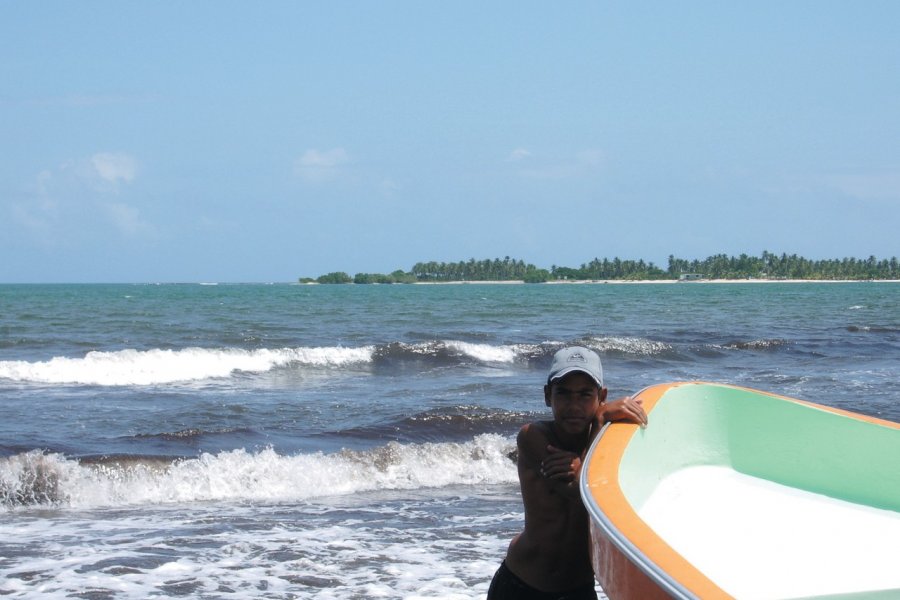Travel Guide Parque Nacional Morrocoy
Find an accommodation
Advertising
The park is located in the eastern coastal zone of Falcon state, between Morón and Coro, on the sad Gulf. This eastern part of the coast was originally populated by the natives Caquetios but also Chipas. Recent anthropological studies indicate that in the area of Mirimire and Jacura, Jirajaras lived. The park is conducive to the development of an extraordinary avifauna. Indeed, coastal lagoons fill water in rainy times and mysterious mangroves serve as a refuge for thousands of flamingos (Phoenicopterus ruber), red and white ibis (Endocimus ruber and albus), crested, herons, gulls and other playeros. Since a decree of 1974 establishing refugio of Silvestre fauna of Cuare, the approximately 1 700 houses in the new protected zone of 11 850 hectares (including 5 islets) have been destroyed. Two of these islands are located opposite San Juan de los Cayos and three in front of Boca de Aroa. To access the park, the ideal location is to stay in Chichiriviche (unless camping).Cayos are small islands that have formed by the accumulation of coral material (dead corals), sand and remnants of shells. The ends of these islets can be formed either by sandy beaches or coral formations (as is the case of cayo cayo, belonging to the integral protection zone). Sometimes, the cayos have a salt lagoon in their centre that is dry in the image of cayo Sombrero. The flora of Morrocoy cayos is very uniform and the number of restricted species. This differentiates them radically from the eastern islands of the country of Anzaotegui states and Sucre, characterised by great botanical diversity. In Morrocoy, only 29 species are found against 161 in its "rival". Interested parties may refer to the 392 pages of Julián Steyermark, Flora del parque nacional Morrocoy, Fundación Instituto Botánico de Venezuela, Caracas, 1994. Mangroves dominated the red palétuvier (Rhizophora mangle) but also black (Avicennia nitida) and white (Laguncularia racemosa). On cayos vegetation is rare, apart from a few halophytes herbaceous species (adapted to salt): sea coral (Salicornia fruticosa now called Sarcocornia) which is edible; in the upper part of the mud there are schorres à (Sesuvium portulacastrum). Also presence of the sea-bord or marine grape (Coccoloba uvifera), this tree with large leaves rounded into clusters of edible fruit, its flowering is white and fragrant. Some endemic species are present in the park: Justicia falconensis, Aspilia falconensis, Phtirusa maritima, and Piccarnia steyermarkii.
What to visit Parque Nacional Morrocoy?
Advertising
Suggested addresses Parque Nacional Morrocoy
Weather at the moment
Advertising
Organize your trip with our partners Parque Nacional Morrocoy
Transportation
Book your plane tickets
Car Rental
Boat rental
Accommodation & stays
Find a hotel
Holiday rental
Find your campsite
Tailor-made trip
Immersion travel
Services / On site
Activities & visits
Find a doctor






